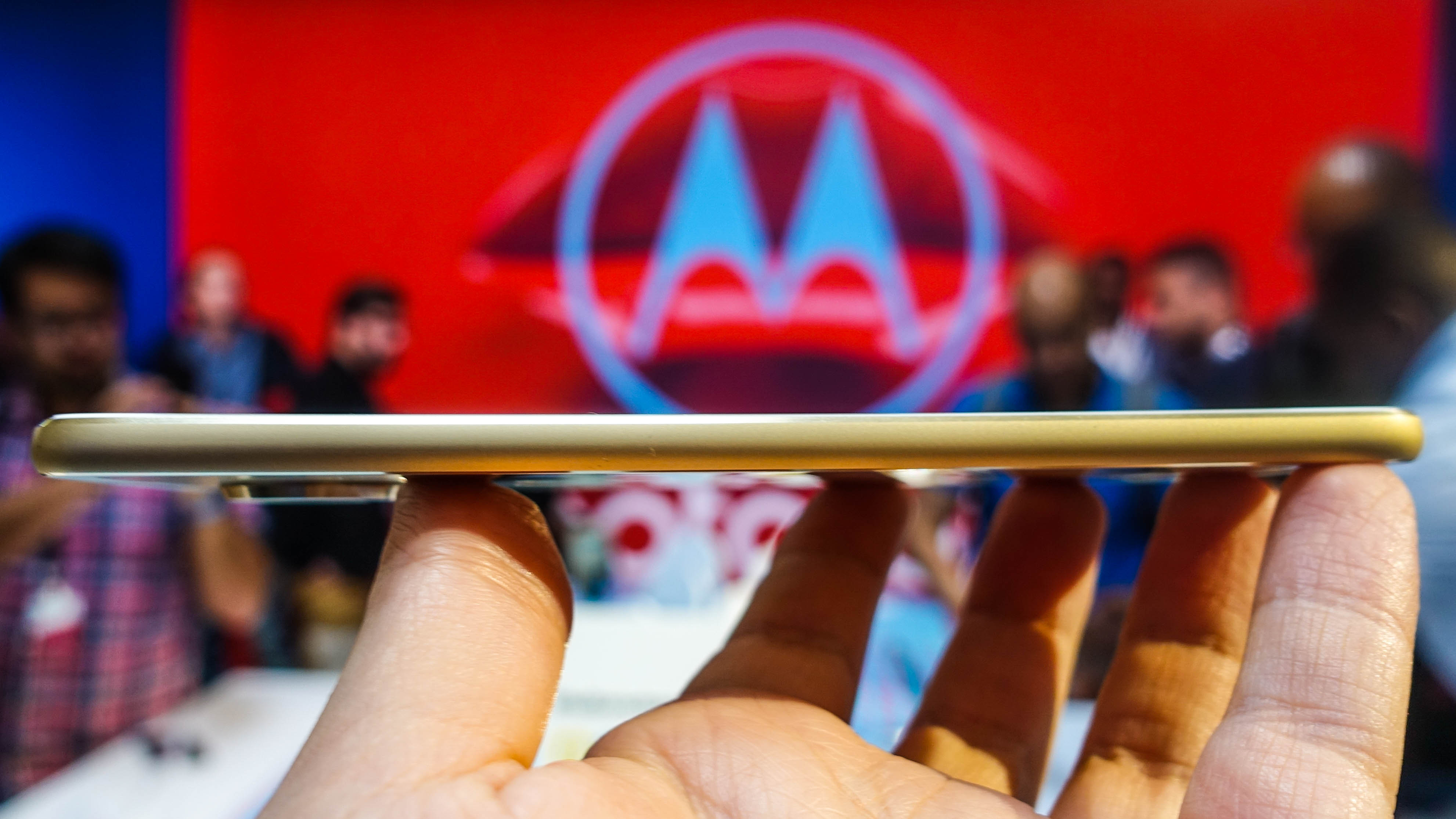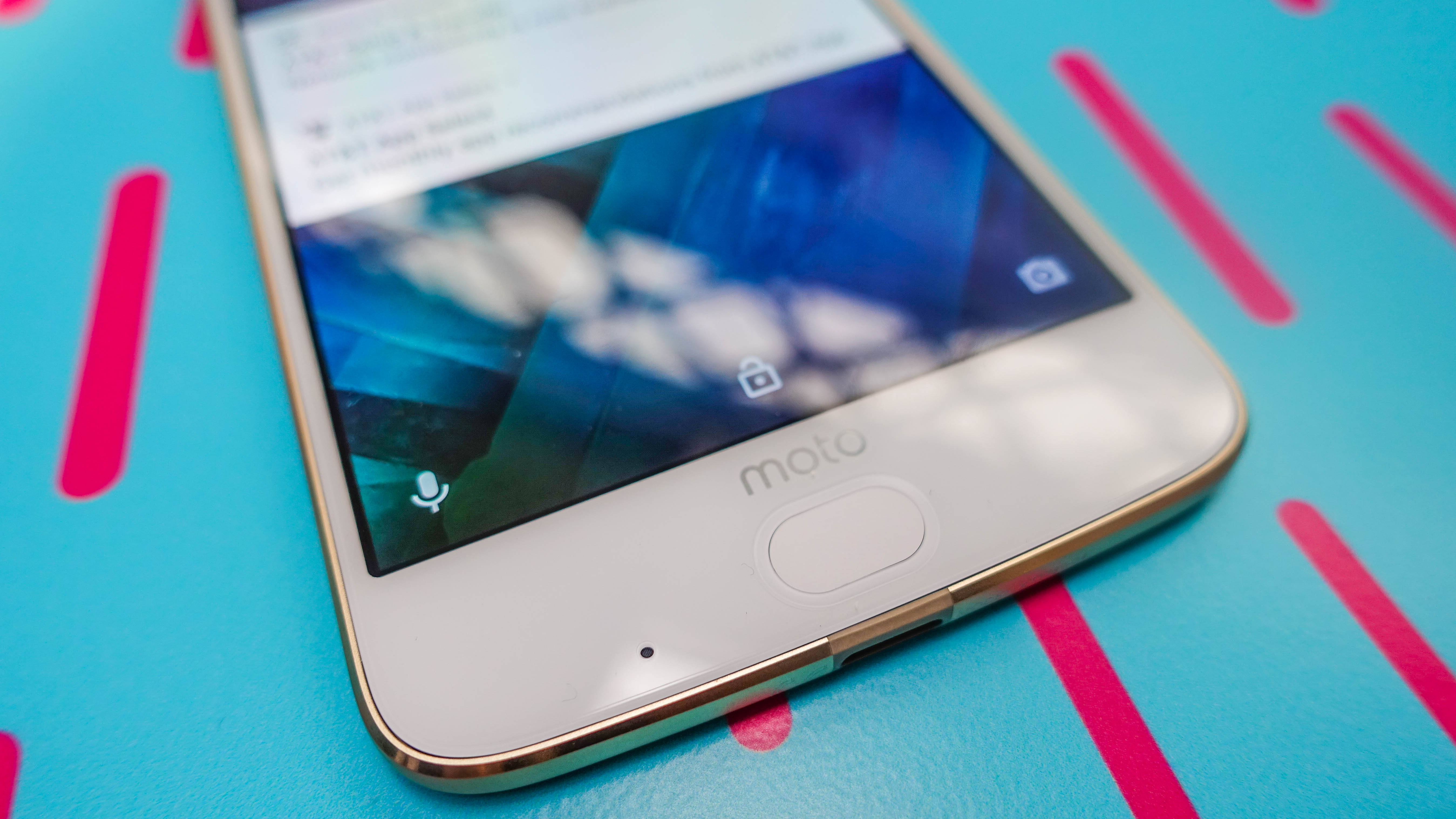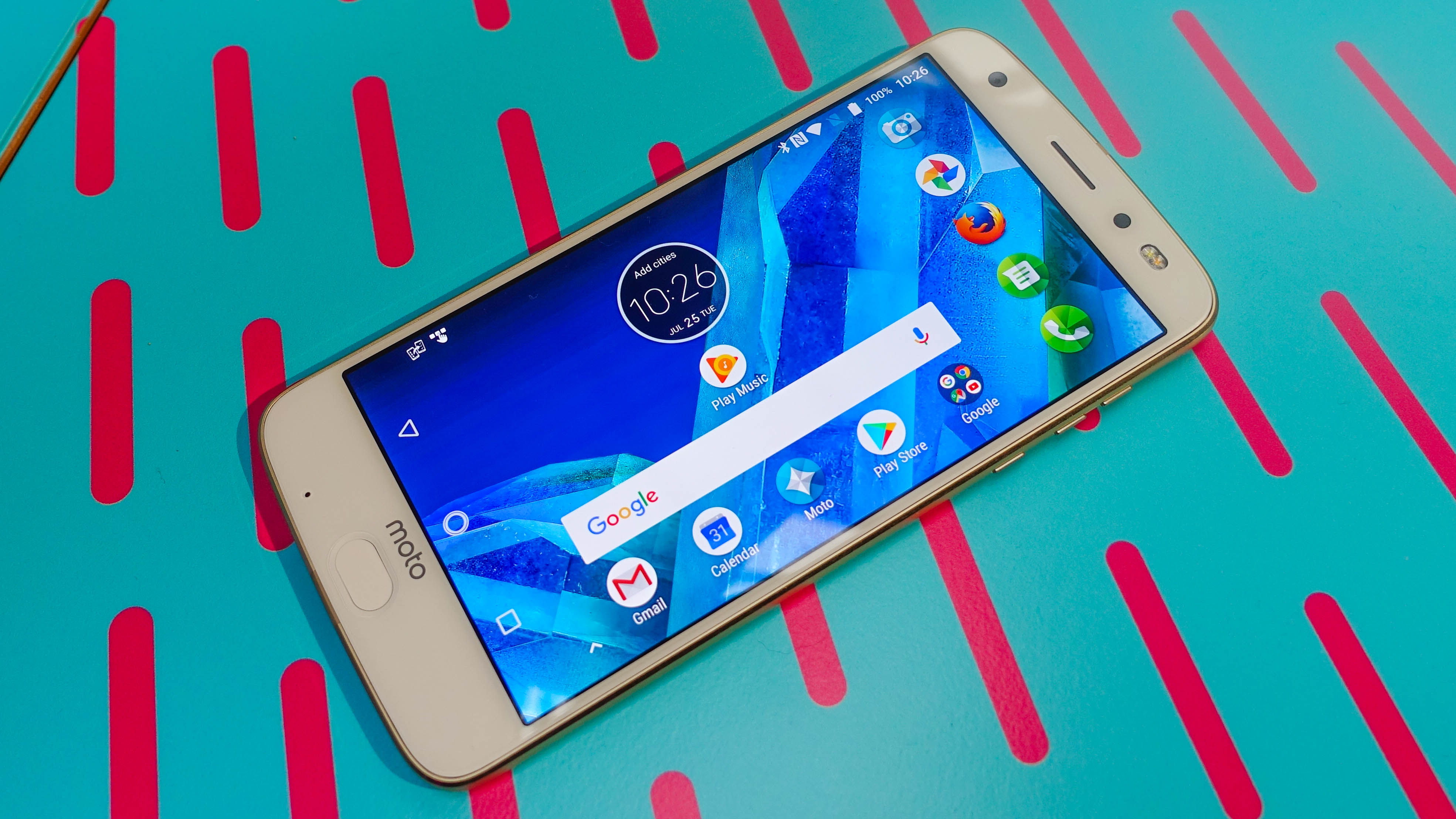TechRadar Verdict
The Moto Z2 Force is back with its guaranteed shatter-resistant glass screen and even more MotoMods, including a 360-degree camera. But this time it's much thinner, and that means it's back to barely all-day battery life. You're going to pay a price to upgrade to this Android phone, but it's the only modular handset doing it mostly right.
Pros
- +
Shatterproof screen in thin design
- +
Exciting new 360 camera mod
- +
Wider availability
Cons
- -
Weaker battery
- -
Not waterproof
- -
Expensive
Why you can trust TechRadar
Update: The Moto Z2 Force is now officially available in the US, and while there's no unlocked version, it's technically cheaper than when it was first announced. We've updated our review to reflect that. Also, 9To5Google has noted that Verizon users are getting Android Oreo.
The Moto Z2 Force stands out in a world of status quo Android phones in 2017. It successfully taps into the exciting world of MotoMod accessories that can instantly upgrade your phone, and marks the return of the Motorola’s shatterproof screen in a refined form factor.
It's a combination of last year's ultra-thin Moto Z and the shatter-resistant Moto Z Force with fresh specs. The result is a thin and light phone, but one that retains that hard-to-break screen. All MotoMods – new and old – are compatible with the Moto Z2 Force, thankfully.
For this reason, the look and feel is consistent 12 months later, but the differences are noticeable upon closer inspection. It’s 13% thinner and 12% lighter than last year’s Z Force, yet Motorola was able to squeeze in a dual-lens camera for superior photos.

To get there, the new Force makes sacrifices in other areas, namely battery life. It moves from a sizable 3,500mAh power pack to a 2,730mAh unit that, unlike its predecessor definitely can’t stretch into two days. There’s also still no headphone jack.
The Moto Z2 Force is faster, thinner and takes better photos than Motorola’s first attempt at a modular phone a year ago. But this is also a pricey phone that's designed to get you to spend even more money once you've got it.
Price and release date
Moto Z2 Force launched on August 10 in the US and, according to Motorola at the company's IFA 2017 press conference, it will come out in the UK in late September. We should see the same end-of-summer launch window for Australia and a few other regions in the world too.
Sign up for breaking news, reviews, opinion, top tech deals, and more.

It costs $720 (about £550, AU$903), or $30 a month on contract. This means it costs the same as the Samsung Galaxy S8, which has a larger, elegantly curved screen, but no MotoMods. The 360 Camera MotoMod is $299 (about £266, AU$375). There's no unlocked version of the phone in the US, even though Moto first said there would be. That may come later, of course.
In the US, the best news is that while the Z Force was a Verizon-exclusive, the Z2 Force will work with all American carriers, including AT&T, Sprint, T-Mobile and US Cellular as well as Verizon. Many are also offering a fantastic freebie: one pico projector MotoMod for a limited time. Again, that's a $299 value for one of the best Moto Z2 Force MotoMods.
Design and MotoMods
The Motoa Z2 Force counts as an ultra-thin smartphone at just 6.1mm, even if the Moto Z2 Play with a larger battery is actually a hair thinner at 6mm. It feels extremely lightweight at just 145g.

Its slim design and flat, non-curved back actually serve to make the heft of MotoMods add-ons tolerable, whereas the original Moto Z Force was 7mm and 163g on its own. Motorola’s expecting you to magnetically attach MotoMods, whether they’re simple Style Shells or battery packs.
MotoMods now consist of a Moto 360 camera and forthcoming Game Controller, in addition to all previous mods: Turbo Power battery packs, JBL speakers, a 10x zoom Hasselblad camera and the Insta Share projector. These mods are what make this phone exciting, and Motorola promises there are more to come.
Moto Z2 Force is thin and light at the base level, but it’s not at all delicate. In addition to the ShatterShield screen, its unibody design has been upgraded to 7000 series aluminum for a more durable frame. It comes in Lunar Gray, Super Black and Fine Gold color options, each with an attractive brushed metal finish. Standard colors by any measure.

But you won’t find its unique fingerprint sensor on other phones. It borrows one-button navigation from the Moto G5 and Moto G5 Plus, which optionally makes sliding right and left on the button mimic on-screen back and recent buttons, and long-pressing it turns the screen on and off. On this phone, it’s a slightly wider sensor pad, which makes a lot of sense given its dual role.
If you can’t get around the lack of a standard 3.5mm headphone jack or the presence of a camera bump, then this phone isn’t for you. But the camera bump is a non-issue once a MotoMod is attached, and the phone comes with an USB-C-to-3.5mm adapter in the box. Sadly, no upgrade will make this splash-resistant phone waterproof. That remains a Motorola weakness in 2017.
Display and ShatterShield screen
The Moto Z2 Force screen is superb for three reasons. First, its 5.5-inch OLED display looks sharp and saturated with a Quad HD resolution that’s fit for Google Daydream VR duty.

It’s comparable to Samsung’s best-in-class AMOLED displays, minus the curves. And while LG with the LG V30 and maybe Apple with the iPhone 8 are moving to OLED, Motorola’s screens have been far ahead of this trend.
Better yet, its Moto ShatterShield could save you from a cracked phone thanks to five-layer protection. Motorola guarantees it won’t crack for up to four years; however it’s not scratch-proof, which is a key concern due to the plastic top layer. It’s also not shock-proof. If you want that, wait for the Samsung Galaxy S8 Active.

The third reason we like the Z2 Force display is the return of the Moto Active Display, which turns on every time it senses motion via its infrared sensors. It lights up a limited portion of the screen to display the time, date and interactive notification icons.
New this year is the ability to quick-reply and take other actions by tapping on these notification icons – before you could only open the relevant app by flicking the icon up or dismiss it by flicking it down. You can do a lot more without ever lighting up the screen.
This is Motorola’s unique, interactive spin on an always-on display, and it's just like the phone itself. There’s nothing out there like it.

